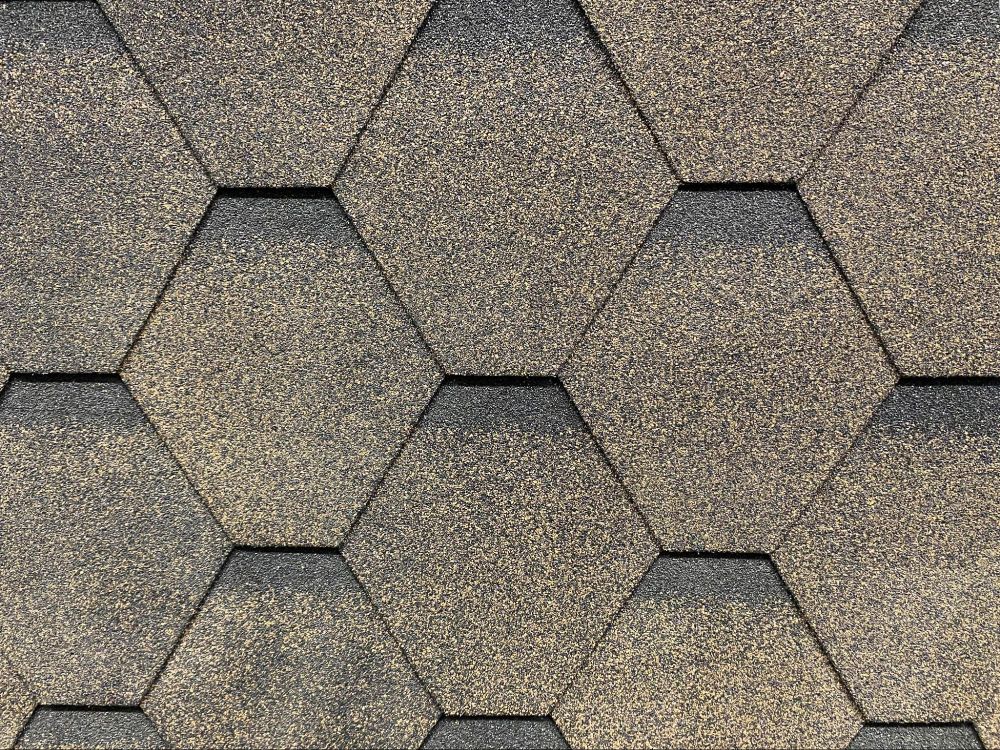A Helpful Guide to Roof Shingle Patterns
A well-designed roof can enhance the overall aesthetics and curb appeal of a house. Among the various elements that contribute to the visual appeal of a roof, shingle patterns play a significant role. The pattern you choose for your roof can transform its appearance and give it a unique personality. In this comprehensive guide, we will explore different roof shingle patterns, their characteristics, and how to select the right one for your home.
Understanding Roof Shingles
Roof shingles are the outermost layer of a roof that provides protection against the elements. They are available in various materials such as asphalt, wood, metal, slate, and clay. When selecting shingles, consider factors like durability, cost, maintenance requirements, and compatibility with your local climate.
Importance of Shingle Patterns
The pattern of your roof shingles can significantly impact the overall look of your home. It is an opportunity to showcase your personal style and complement the architectural design. Additionally, certain patterns can affect the energy efficiency and durability of your roof.
Popular Roof Shingle Patterns:
The Traditional Three-Tab Pattern:
The three-tab pattern is one of the most commonly used shingle patterns. It consists of uniformly shaped rectangular shingles with three tabs that give the appearance of individual shingles.
This pattern is suitable for a wide range of architectural styles and provides a clean and classic look. However, it offers less depth and dimension compared to other patterns.


The Architectural or Laminated Shingle Pattern:
Architectural shingles, also known as laminated shingles, are designed to mimic the look of natural materials like wood or slate. These shingles have multiple layers and dimensions, creating a more textured and sophisticated appearance.
They are ideal for modern and contemporary architectural styles, adding depth and visual interest to the roof.
The Diamond or Rhomboid Pattern:
The diamond pattern features shingles arranged in a diagonal orientation, forming a diamond shape. This pattern is commonly used on historical and Victorian-style homes.
It offers a unique and ornamental look, giving your roof a touch of elegance and charm.


The Fish Scale Pattern:
The fish scale pattern consists of overlapping shingles that resemble the scales of a fish.
This pattern is often found in Tudor or Queen Anne-style houses. It adds a sense of whimsy and character to the roof, creating a distinctive and eye-catching visual effect.
The Hexagonal or Honeycomb Pattern:
The hexagonal pattern is formed by arranging shingles in a honeycomb-like shape. It is a bold and unconventional pattern that works well with modern and contemporary designs.
This pattern creates a visually striking and contemporary look, making your roof a focal point of your home.

Choosing the Right Shingle Pattern
To select the appropriate shingle pattern for your roof, consider the following factors:
- Consider your home’s architectural style: Choose a pattern that complements the architectural style of your home. For traditional styles, the three-tab or architectural patterns work well, while more unique patterns can enhance modern and contemporary designs.
- Assess the neighborhood and surrounding landscape: Consider the surrounding houses and landscape. While you want your roof to stand out, it should also harmonize with the neighborhood’s overall aesthetic.
- Consider personal preferences and design goals: Think about your personal style and the statement you want your roof to make. Whether you prefer a classic, elegant, or bold look, select a pattern that aligns with your design goals.
- Consult with roofing professionals: Seek advice from roofing professionals who can provide guidance based on their expertise and experience. They can recommend patterns that suit your home’s structure and local climate.
- Utilize virtual design tools and visualization software: Many websites and software tools offer virtual design options that allow you to visualize different shingle patterns on your roof. This can help you make an informed decision and see how each pattern would look on your home.
Installation and Maintenance Tips
Proper installation and maintenance are crucial for the longevity and performance of your roof. Consider the following tips:
- Hiring a professional roofing contractor: To ensure the correct installation of shingles, hire a reputable and experienced roofing contractor. They have the knowledge and skills to install the shingles properly, ensuring a durable and well-protected roof.
- Proper installation techniques: Ensure that the shingles are installed according to the manufacturer’s guidelines and industry best practices. This includes proper nailing techniques, flashing installation, and sealing.
- Regular maintenance and inspection: Schedule regular roof inspections and maintenance to identify any issues early on. Regularly clean your roof from debris and ensure proper ventilation to prevent moisture buildup.
- Addressing repairs and replacements: If you notice any damaged or missing shingles, promptly repair or replace them to maintain the integrity of your roof. Ignoring such issues can lead to further damage and compromise the protection provided by your roof.
Other Design Considerations
Consider the following factors that can further enhance the look and functionality of your roof:
- Color selection and its impact on the overall look: Choose shingle colors that complement the overall color scheme of your home. Consider the architectural style, surrounding environment, and personal preferences when selecting the color.
- Roof slope and how it affects pattern choice: The slope of your roof can impact the visibility and effectiveness of different shingle patterns. Some patterns may be more suitable for steeper roofs, while others work better on roofs with a gentler slope.
- Roof ventilation and its role in preserving shingle lifespan: Proper roof ventilation is essential to prevent moisture buildup and prolong the lifespan of your shingles. Ensure that your roof has adequate ventilation to maintain the integrity of the shingles and prevent premature deterioration.
Conclusion:
Roof shingle patterns are a crucial element in the overall design of your home’s roof. They not only enhance curb appeal but also contribute to the architectural style and energy efficiency. By understanding the characteristics and options available, you can choose the perfect shingle pattern that complements your home’s style and personal preferences. Remember to consider professional guidance and utilize visualization tools to ensure you make an informed decision. With the right shingle pattern, your roof will become a stunning feature that adds value and beauty to your home for years to come.
Tags:



